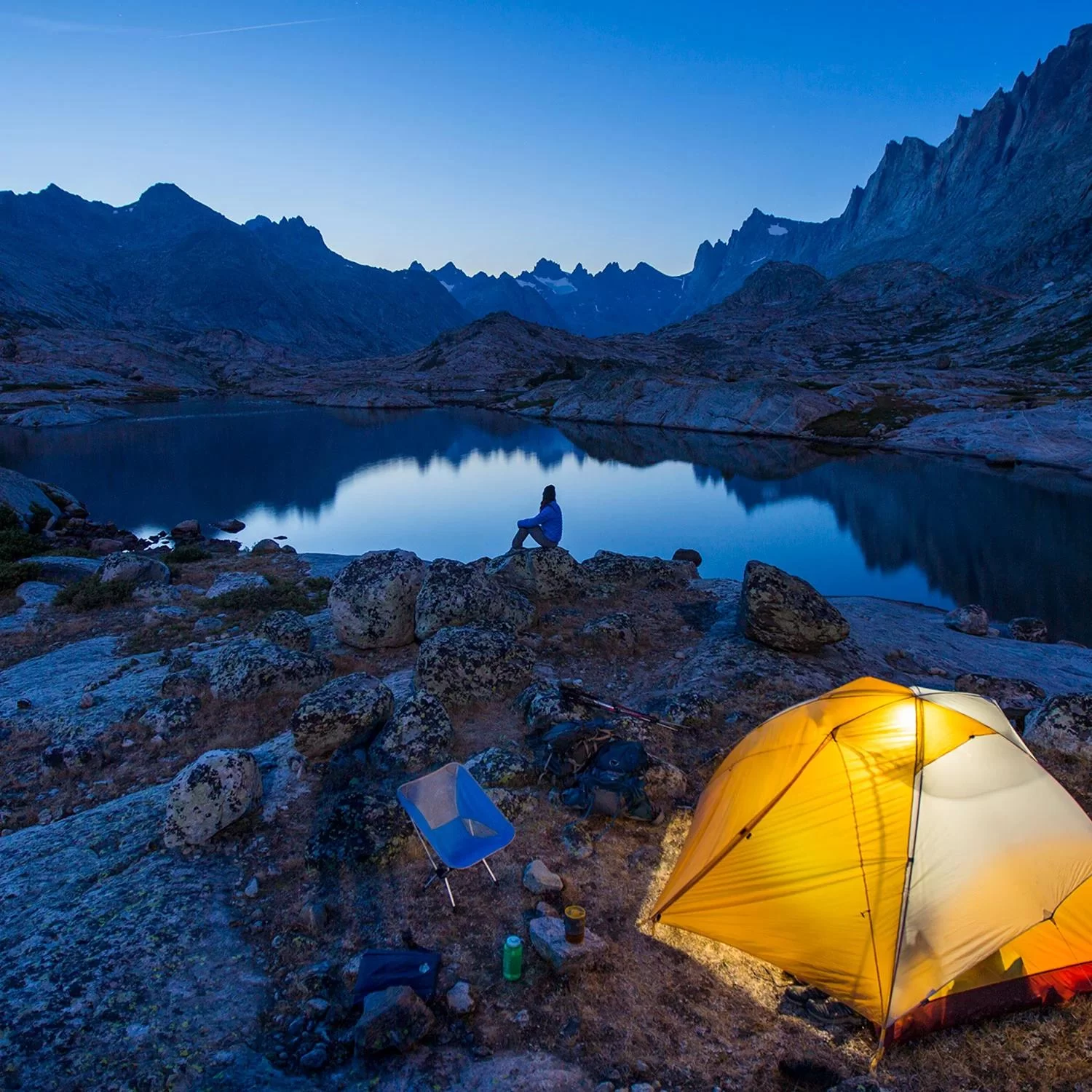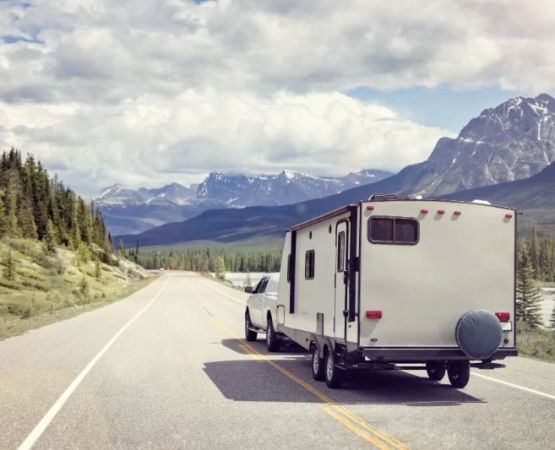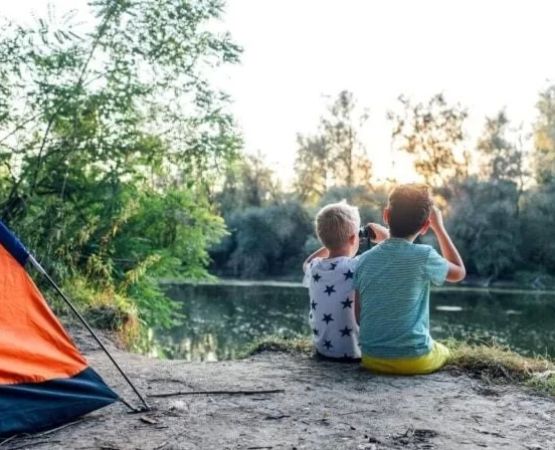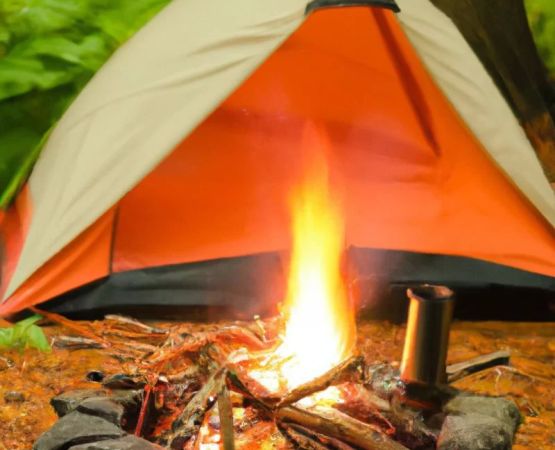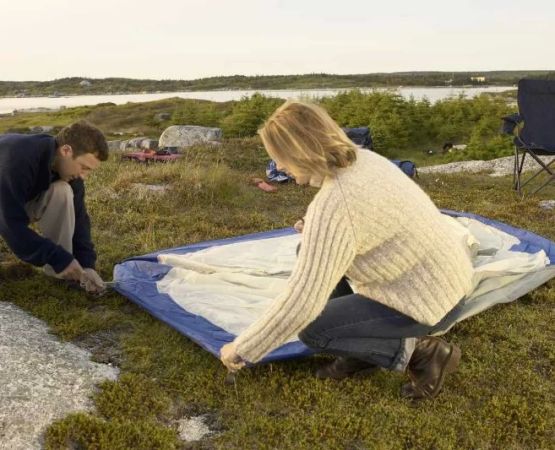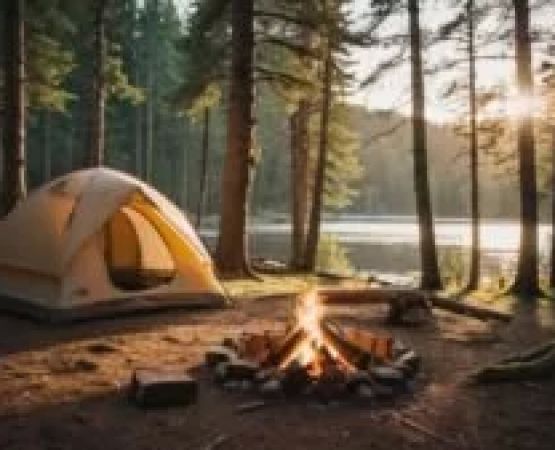Essential Tips for Managing Long-Distance Hiking While Camping: A Guide for Outdoor Enthusiasts
- 1. Preparation is Key
- 2. Packing Essentials for Long-Distance Hiking
- 3. Pace Yourself for Success
- 4. Fueling Your Journey
- 5. Stay Hydrated
- 6. Safety First: Tips for a Secure Hiking Experience
- 7. Rest and Recovery During Your Hike
1. Preparation is Key
Long-distance hiking while camping is a physically demanding activity, and proper preparation can make or break your experience. Before hitting the trail, it’s essential to assess your fitness level and plan your route based on your capabilities. Research the terrain and weather conditions to ensure you’re ready for what lies ahead. Many hiking enthusiasts recommend starting with shorter trails and gradually increasing the distance, especially if you’re new to long-distance hiking.
For a truly memorable experience, I highly recommend a pre-hike stay at a comfortable resort or lodge, such as Pine Cliff Resort, which offers expert guidance and pre-hike training sessions. They also provide a great base camp where you can fine-tune your equipment and ensure you’re physically prepared for the challenge.
2. Packing Essentials for Long-Distance Hiking
When preparing for a long-distance hike, your pack is your lifeline. Efficient packing is crucial for comfort and safety. You’ll want to pack light, but ensure you have all the necessary gear to handle a variety of conditions. Essential items include:
- Quality backpack with adjustable straps
- Lightweight, breathable clothing suitable for the climate
- Durable, waterproof footwear designed for long treks
- Compact tent and sleeping bag for camping
- Portable stove, lightweight cooking gear, and enough food for the hike
- First aid kit, including blister treatment, pain relievers, and emergency essentials
- Navigation tools (map, compass, or GPS device)
One of the best tips I’ve received on long-distance hiking was to always test your gear before embarking on a multi-day journey. This ensures that your tent is easy to set up, your boots are properly broken in, and your backpack fits comfortably. A few days before your actual hike, try setting up camp in a nearby area to make sure everything works smoothly.
3. Pace Yourself for Success
One of the most important tips for managing long-distance hiking is learning how to pace yourself. It’s easy to get excited and start out too fast, but doing so can quickly lead to exhaustion and injury. Instead, aim for a steady, moderate pace. Take regular breaks to stretch and relax, and don’t push yourself too hard. It’s important to listen to your body and rest when necessary.
On my last hike through the Appalachian Trail, I made the mistake of trying to complete too many miles on the first day, which left me sore and fatigued. The next day, I focused on maintaining a slower, more consistent pace, and the difference was remarkable. I had more energy, my muscles felt less strained, and I was able to enjoy the scenery much more.
4. Fueling Your Journey
Long-distance hiking while camping requires a lot of energy, and fueling your body properly is key to maintaining your strength. Pack nutrient-dense foods that are lightweight and easy to prepare. Trail mix, energy bars, and dehydrated meals are great options for hikers on the go. You’ll also want to have quick snacks readily available to keep your energy levels up throughout the day.
One tip I swear by is bringing a variety of snacks, including both sweet and savory options, so you don’t get tired of eating the same thing. Also, don't forget to treat yourself with some comfort food at camp, like a hot cup of soup or a freeze-dried meal that you can enjoy after a long day on the trail.
5. Stay Hydrated
Staying hydrated is perhaps the most crucial aspect of managing a long-distance hike. Dehydration can impair your performance, cause cramps, and lead to dangerous conditions like heatstroke. Be sure to carry enough water for the hike and have a reliable water filtration system in place. You can also plan your route to include water sources, like streams or lakes, where you can refill your bottles or hydration system.
On one of my trips through the Sierra Nevada mountains, I learned the hard way that relying on uncertain water sources can be risky. After a few dry patches, I invested in a high-quality water filter and a hydration bladder, which allowed me to drink easily while walking, ensuring I stayed properly hydrated throughout the hike.
6. Safety First: Tips for a Secure Hiking Experience
Safety should always be your top priority when managing long-distance hikes, especially when camping. Ensure you have all necessary safety equipment, such as a headlamp, multi-tool, whistle, and a first aid kit. Familiarize yourself with emergency procedures and always let someone know your itinerary before heading out.
I once found myself caught in an unexpected storm in the mountains, and having a waterproof jacket and emergency blanket in my pack made all the difference. Additionally, it’s crucial to know your surroundings and understand the potential hazards in the area, such as wildlife, steep terrain, or extreme weather conditions.
7. Rest and Recovery During Your Hike
Taking time to rest is just as important as hiking itself. After long hours on the trail, allow yourself time to recover, relax, and enjoy your surroundings. Setting up camp at a scenic spot can be a great motivator, as it gives you a chance to recharge. Incorporating stretching and yoga into your routine can also help alleviate muscle stiffness and prepare your body for the next day's trek.
One of my most memorable hiking experiences was at a beautiful campsite nestled beside a crystal-clear lake in the Rocky Mountains. After a full day of hiking, we spent the evening enjoying the views, sharing stories, and resting our weary legs. These moments of quiet rest truly enhance the overall experience and prepare you for the adventure ahead.

